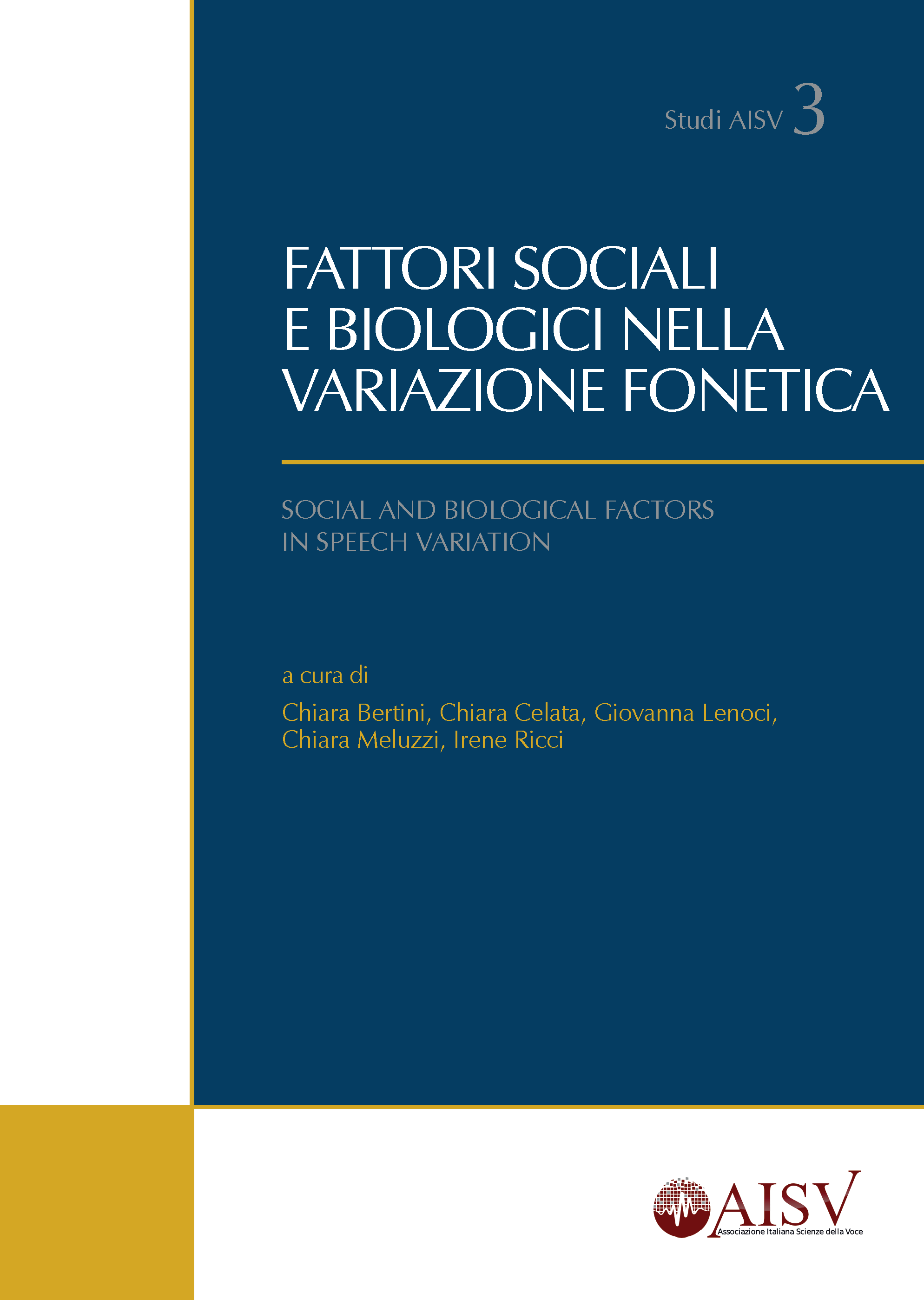Phonetic details of coronal consonants in the Italian spoken by Italian-Australians from two areas of Veneto
DOI:
https://doi.org/10.17469/O2103AISV000014Keywords:
sociophonetics, Italian, language variation and change, heritage languages, Italian-Australian immigrants, koinizationAbstract
The paper investigates the distribution and the phonetic details of a set of coronal obstruents in the speech of Veneto immigrants who arrived in Australia more than 50 years ago in order to understand how they negotiate the languages that form their linguistic repertoire. We focus on their L2-Veneto Regional Italian, with the aim of ascertaining whether it has crystallized at the stage it was at the time they left Italy; whether it shows signs of attrition due to replacement of features from the L1-dialect or from L3-English; or whether it shows signs of koinization due to the contact with other dialects and regional varieties of Italian. Results on coronal obstruent distribution based on narrow phonetic transcriptions and on their acoustic characteristics (spectral moments analysis) show a change in progress in the fricative set and a general maintenance of the stop consonants’ phonetic features. Individual differences in language change are discussed in light of both internal (linguistic) and external (sociolinguistic) factors.
Downloads
Published
Issue
Section
License
Copyright (c) 2023 AISV - Associazione Italiana di Scienze della Voce [Italian Association for Speech Sciences]

This work is licensed under a Creative Commons Attribution-NonCommercial 4.0 International License.





